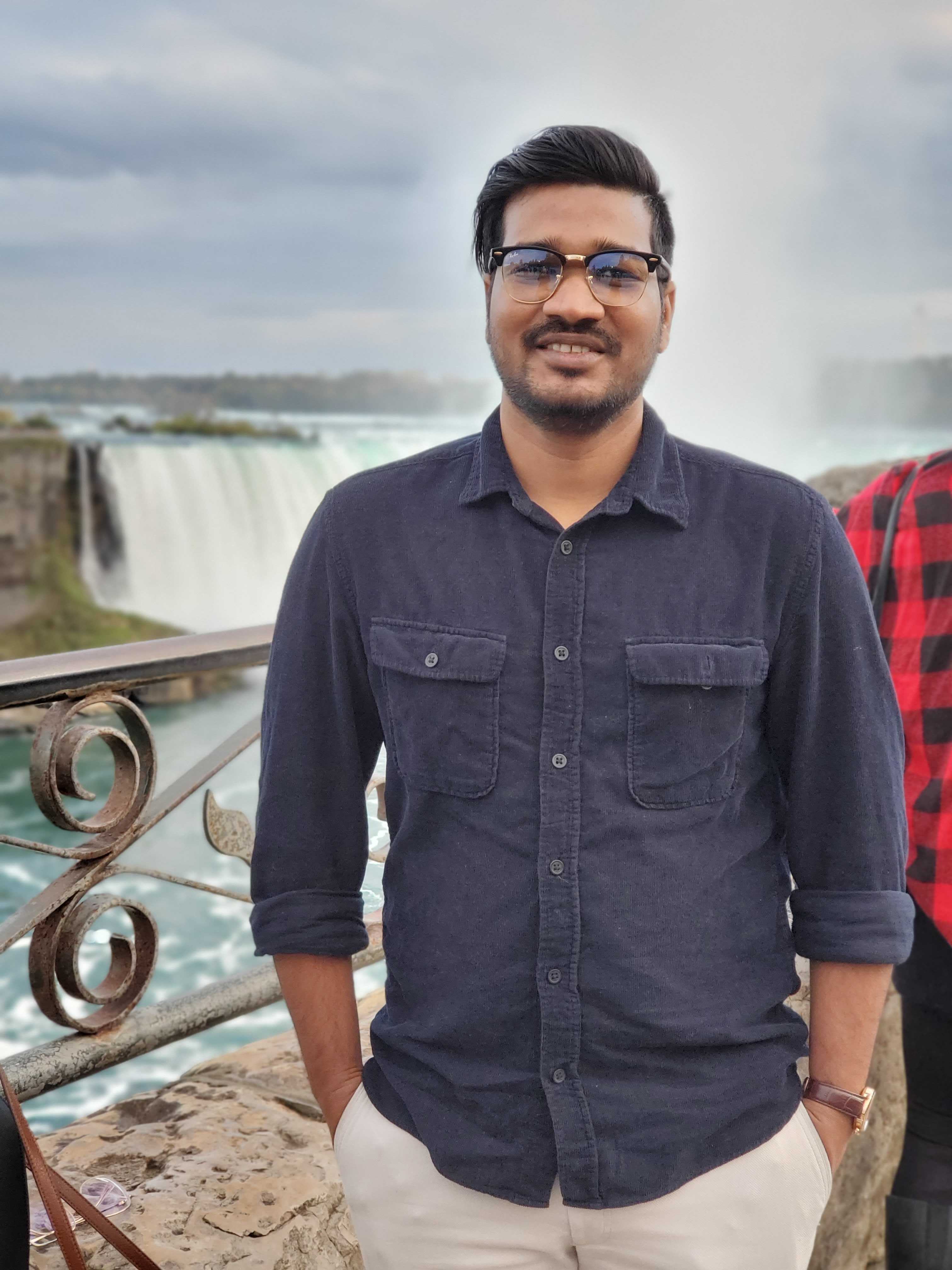Amar Kumar

I am a PhD student working under the supervision of Prof. Tal Arbel in the Probabilistic Vision Group (PVG).
My research primarily focuses on generative AI and medical imaging, with the main objective to tackle real-world challenges like bias mitigation in deep learning models. I also work on the explainability of deep learning and believe that the black-box nature of these models needs to be unraveled for improving trustworthiness and promoting the deployment of these methods in real-life applications. By understanding how these models make decisions, we can ensure they are fair and ethical in their outcomes. Additionally, I am interested in exploring how generative AI can be used to enhance medical imaging techniques, ultimately leading to more accurate diagnoses and personalized treatment for patients.
news
| Jul 30, 2025 | Paper “Pixels Under Pressure” accepted to MICCAI 2025 - ELAMI |
|---|